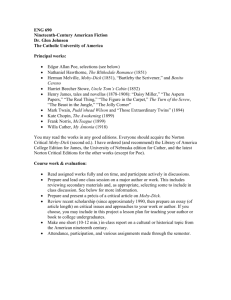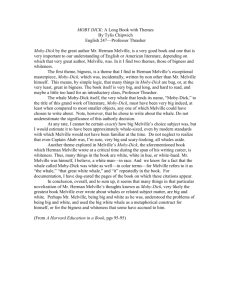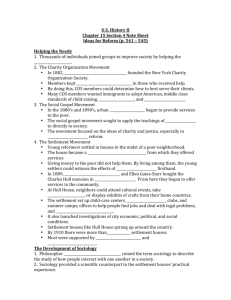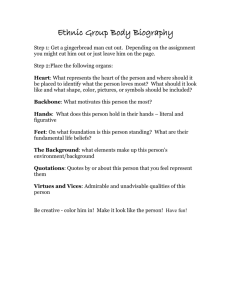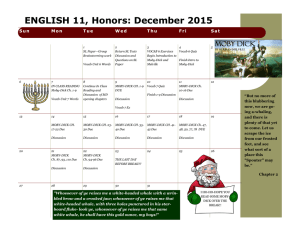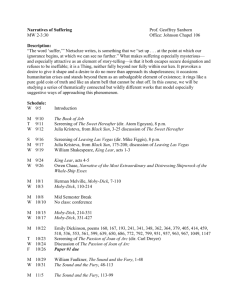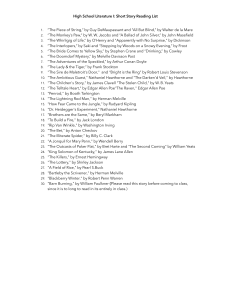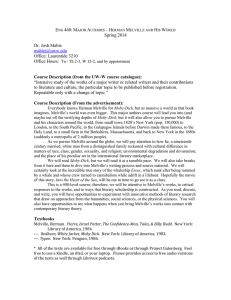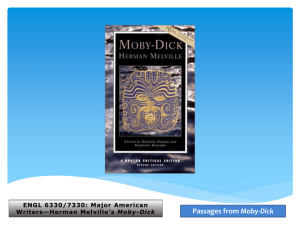JB APUSH Unit IVC - jbapamh
advertisement
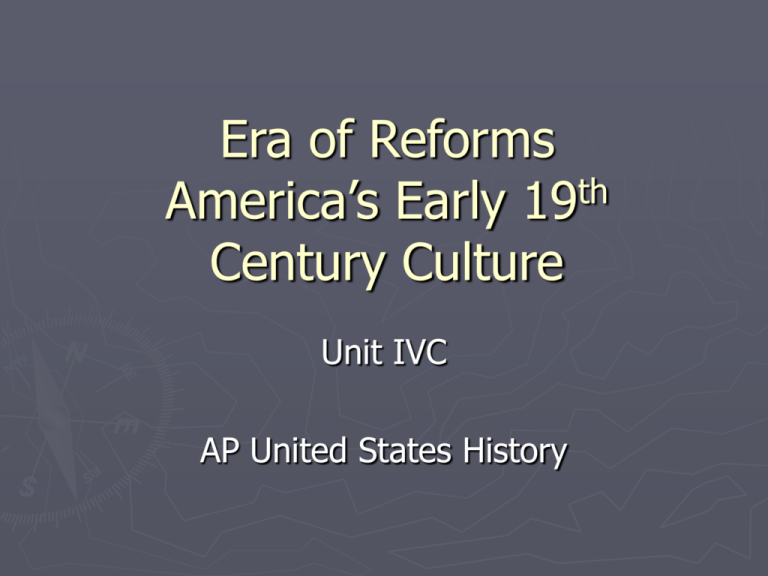
Era of Reforms th America’s Early 19 Century Culture Unit IVC AP United States History The Second Great Awakening ► ► ► Religious revivalist reaction to Enlightenment principles and conservative Puritan ideals beginning in 1790s and into early 19th century Educated ministers promote salvation for all and life void of vices Revivals meetings New York’s Burned-Over District ► ► ► Protestant domination by Baptists and Methodists Millennialism and Seventh-Day Adventist Church Inspired social reform movements Temperance Mormons and Church of the LatterDay Saints ► ► ► ► Joseph Smith, founder in 1830, gathered flock from New York to Illinois Brigham Young led Mormons west and eventually settled in Utah Territory Book of Mormon aka Scripture Open canon, exaltation, polygamy lead to harassment Communal Societies Expansion provided opportunities for development of utopias Fourier Phalanxes ► Tight-knit community based in a phalanx-type structure Brook Farm ► Share equally in labor and leisure Robert Owen’s New Harmony ► Equality in labor Shakers ► Founded by Jane Wardley and Mother Ann Lee as millenial society ► common ownership, shared rewards, strict celibacy, against vices, “separate but equal” Oneida Community ► Founded by John Humphrey Noyes ► “perfectionists,” married to all, children raised communally Reform Movements ► Temperance Reform movement which gathered political support against society’s vices (alcoholism, gambling, prostitution) American Temperance Society (1826) ► Founded by Lyman Beecher ► Abstinence from liquor Washingtonians (1840) ► Founded by alcoholics who focused on individuals ► Rehabilitation and Institutions Dorothea Dix and asylums/mental institutions Educational and rehabilitation for handicapped Prisons and penal societies ► Improve conditions ► Provide rehabilitation and work programs ► Education Support for public education ► Larger working and middles class needs to be informed and trained Horace Mann ► State board of education in Massachusetts ► Free public education with trained teachers ► Teach democracy and social values Private and religious schools incorporate morality in literacy Noah Webster ► Standardized American English with dictionary (1828) Health, Literacy, Entertainment in America ► Home Design and Furnishing Visual representation of social classes ► Diseases Cholera in 1830s ► Newspapers Penny press Associated Press (AP) (1846) ► ► ► Fiction Lectures Theaters Performing arts increases with urbanization Minstrel shows – blackface Transcendentalism ► ► ► Spiritual gain over materialism Individual over the organization/group Ralph Waldo Emerson Self-Reliance (1841) ► “Nothing is at last sacred, but the integrity of your own mind.” ► Communion with the unity of the universe; divinity of the individual The American Scholar (1837) ► Despite cultural heritage, instinctive creative genius of individual could lead to greatness ► Henry David Thoreau (Walden, On Civil Disobedience) “I went to the woods because I wished to live deliberately, to front only the essential facts of life, and see if I could not what it had to teach, and not, when I came to die, discover that I had not lived.” Passive resistance – a public refusal to obey unjust laws America’s Culture Changes ► Romanticism Beyond reason, seek understanding and expression of emotion and spirit Associated with growth of nationalism ► Paintings Portraits of ordinary American life American landscapes Hudson River School ► ► ► Discovery, exploration, settlement themes Human co-existence with nature; nature the manifestation of God Architecture Classical-style construction ► Literature Transition from European/British style to more American style Reflects Romanticism with emotional and natural themes Washington Irving: Rip van Winkle, The Legend of Sleepy Hollow James Fenimore Cooper: The Last of the Mohicans, Deerslayer Nathaniel Hawthorne: The Scarlet Letter, The House of the Seven Gables Herman Melville: Moby-Dick Edgar Allen Poe: The Raven, The Pit and the Pendulum, The Fall of the House of Usher, The Tell-Tale Heart, The Cask of Amontillado Walt Whitman: Leaves of Grass Emily Dickinson: Poems Hudson River School – Thomas Cole American Architecture U.S. Capitol - c. 1820 Parthenon - Athens New York Customs House - 1842 Pantheon - Rome Themes in American Literature ► The Last of the Mohicans by James Fenimore Cooper tragedy of encroachment of European/American civilization on Natives Use of nature as a form of developing characters Spirituality ► The Scarlet Letter by Nathaniel Hawthorne Satire on America’s puritanical lifestyle and conformity Sin more as an opportunity for growth rather than a hindrance Strength of the individual over the community ► Moby-Dick by Herman Melville No matter how much knowledge acquired, no way to fully understand the force of nature Captain Ahab views Moby-Dick as embodiment of evil and his vengeance leads to his destruction ► Edgar Allen Poe Fear is the strongest emotion Frowned upon optimism
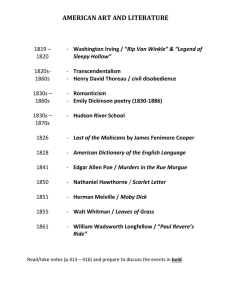
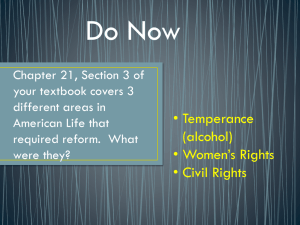
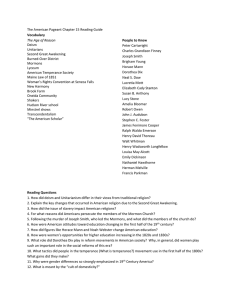
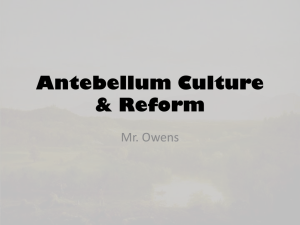
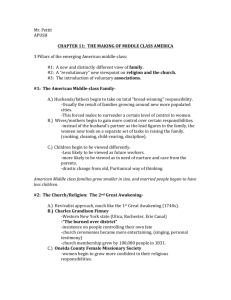
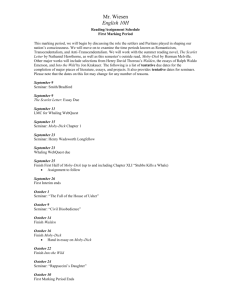
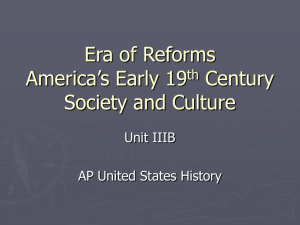
![21L501 Stranger and Stranger [American Novel] Moby-Dick Essay 1:](http://s2.studylib.net/store/data/013445807_1-622338300b8d40435347385e2629670a-300x300.png)
